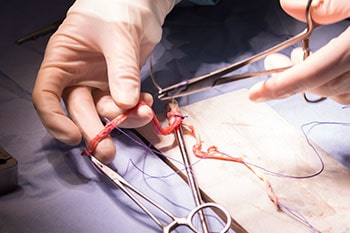Connect With Us
Tendon Transfer Surgery

Tendon transfer surgery is a specialized orthopedic procedure designed to restore function and mobility in cases where tendons have been damaged beyond repair or where significant muscle imbalance has occurred. This surgery is often employed to correct deformities, improve limb positioning, or enhance muscle function that has been lost due to nerve injuries, serious accidents, or chronic conditions like rheumatoid arthritis.
The procedure involves rerouting a functioning tendon from its original location to a new one, allowing it to take over the role of a damaged or non-functional tendon. By transferring a healthy tendon, surgeons can compensate for the lost function of the original tendon, thus restoring movement and improving the stability of a joint.
Tendon transfer surgery requires careful planning to choose the most suitable donor tendon and to determine the optimal placement to achieve functional restoration. The success of the procedure heavily depends on the patient's overall health, the severity of the tendon damage, and the specific mechanics of the affected limb.
Post-surgery, extensive rehabilitation is necessary to retrain the muscles and tendons to function in their new roles. This rehabilitation process is critical and involves both physical therapy and, often, occupational therapy, to ensure the best functional outcome. Patients typically undergo several months of therapy to fully adapt to the changes in tendon dynamics.
Tendon transfer surgery can significantly enhance a patient's life by improving the functionality of a limb or joint, thereby increasing independence and the ability to perform daily activities. This procedure is a testament to the complexities and capabilities of modern orthopedic surgery, offering renewed hope and improved function to those suffering from significant musculoskeletal impairments.
